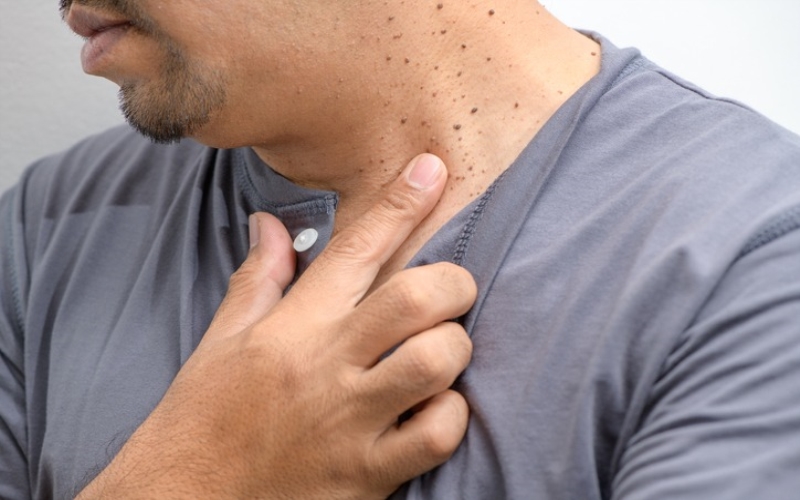Dermatologists say that vaginal skin tags are common among women and can impact individuals. Despite their prevalence, these growths often go unmentioned due to feelings of humiliation or lack of knowledge, leading many to overlook them – an oversight. Nonetheless, describing them as mere bumps is misleading since ignoring these lumps can lead to pain and adverse effects on one’s self-esteem. Henceforth this article aims to discuss various vaginal skin tags treatment and also go deep into the vagaries of vaginal skin tags exposing their nature, possible causes, and measures that can be taken by any individual willing to get rid of them.
Understanding Vaginal Skin Tags:
Vaginal skin tags are small benign growths that typically occur in fleshy colour around the labia, vaginal entrance, or within the groyne area. These harmless tissues contain fibrous material like small flaps or bumps on the skin surface. Although their source remains unknown, various elements such as friction, hormonal imbalances, or genetics may contribute to their onset and progression.
Tips for Managing Vaginal Skin Tags:
- Maintain Good Hygiene: A clean and dry vaginal area can prevent irritation, infection, and skin tags.
- Avoid Tight Clothing: Opting for relaxed clothing could aid in lessening the pain or irritation from skin tags by diminishing the rubbing against the genital parts.
- Practise Safe Sex: It is possible to prevent the risk of having irritations of skin tags or infections due to friction when one practises safe sex.
- Be Gentle with Cleaning: Avoid further skin tag complications by utilising fragrance-free soaps and hot water when cleansing the genital area.
- Avoid Irritants: Personal cleansing products should be checked for dyes, perfumes, harsh chemicals, or anything else that might irritate and exacerbate symptoms of skin tags.
Treatment Options for Managing Vaginal Skin Tags:
- Topical Treatments: Over-the-counter cream or ointment with salicylic acid and tea tree oil is a challenging but successful treatment for reducing or removing more petite skin tags.
- Cryotherapy: This technique uses liquid nitrogen to produce cryotherapy, immediately cutting off the skin tag.
- Electrocautery: The healthcare provider doing this procedure may use an electrical current to burn off the skin tag and remove it.
- Surgical Removal: Their removal by a mini-surgical procedure under local anaesthesia could be recommended for more extensive or recurrent skin tags.
When to Seek Medical Attention:
While vaginal skin tags are generally harmless, it’s crucial to turn to a healthcare provider if you experience:
- Persistent pain or discomfort: Any ongoing or consistent discomfort in the skin tag area should be addressed promptly.
- Bleeding or signs of infection around the skin tag: This is characterised by redness, swelling, warmth, or discharge of pus materials, which could call for urgent medical attention.
- Rapid changes in size, colour, or appearance of the skin tag: The unusual changes in the characteristics of the skin tag could be an indication for the person to visit a healthcare professional for evaluation.
- Difficulty with urination or sexual intercourse due to skin tag presence: If the skin tag is making a person urinate painfully or have problems with intercourse, it is necessary to see a doctor to get the correct treatment.
Conclusion:
To effectively deal with vaginal skin tags, a comprehensive approach that integrates vigilant hygiene habits, modification of lifestyle, and careful utilisation of specific treatment methods is necessary. By carefully studying the causes and preventing them, women can cope with these benign growths and retain their comfort and physical and mental well-being. However, it is essential to mention the necessity of consulting a well-qualified medical professional since they can provide personalised advice and treatment recommendations tailored to individual conditions and circumstances.

